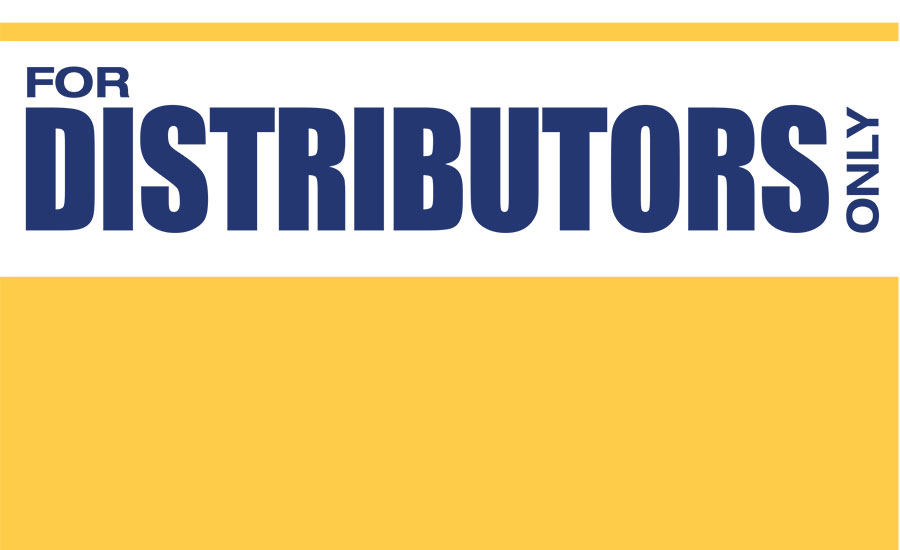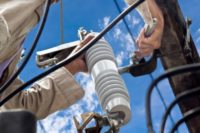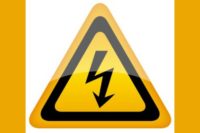At press time, the document was scheduled for publication in the Federal Register on April 11, 2014. It will be effective 90 days following publication, although OSHA has adopted delayed compliance deadlines for certain requirements, says Hugh Hoagland, senior consultant for ArcWear, www.arcwear.com. Hoagland says “one big surprise for many will be a minimum requirement for Minimum Eye Head and Face Protection.”
In a nutshell…
The standard’s executive summary states:
“OSHA is revising the construction standard to make it more consistent with the general industry standard and is making some revisions to both the construction and general industry requirements.
“The final rules for general industry and construction include new or revised provisions on host employers and contractors, training, job briefings, fall protection, insulation and working position of employees working on or near live parts, minimum approach distances, protection from electric arcs, deenergizing transmission and distribution lines and equipment, protective grounding, operating mechanical equipment near overhead power lines, and working in manholes and vaults.
“The revised standards will ensure that employers, when appropriate, must meet consistent requirements for work performed under the construction and general industry standards.
? “The new provisions on host employers and contractors include requirements for host employers and contract employers to exchange information on hazards and on the conditions, characteristics, design, and operation of the host employer’s installation.
These new provisions also include a requirement for host employers and contract employers to coordinate their work rules and procedures to protect all employees.
? “The revised provisions on training add requirements for the degree of training to be determined by the risk to the employee for the hazard involved and for training line clearance tree trimmers and remove the existing requirement for the employer to certify training.
? “The revised requirements for job briefings include a new requirement for the employer to provide information about existing characteristics and conditions to the employee in charge.
? “The revised fall protection provisions include new requirements for the use of fall restraint systems or personal fall arrest systems in aerial lifts and for the use of fall protection equipment by qualified employees climbing or changing location on poles, towers, or similar structures.
? “The revised provisions on insulation and working position of employees working on or near live parts include new requirements relating to where an employee who is not using electrical protective equipment may work.
? “The revised provisions on minimum approach distances include a new requirement for the employer to determine maximum anticipated per-unit transient over-voltages through an engineering analysis or, as an alternative, assume certain maximum anticipated per-unit transient over-voltages.
These provisions also replace requirements for specified minimum approach distances with requirements for the employer to establish minimum approach distances using specified formulas.
? “The new provisions for protection from electric arcs include new requirements for the employer to: assess the workplace to identify employees exposed to hazards from flames or from electric arcs, make reasonable estimates of the incident heat energy to which the employee would be exposed, ensure that the outer layer of clothing worn by employees is flame resistant under certain conditions, and generally ensure that employees exposed to hazards from electric arcs wear protective clothing and other protective equipment with an arc rating greater than or equal to the estimated heat energy.
? “The revised provisions on deenergizing transmission and distribution lines and equipment clarify the application of those provisions to multiple crews and to deenergizing network protectors.
? “The revised requirements for protective grounding now permit employers to install and remove protective grounds on lines and equipment operating at 600 volts or less without using a live-line tool under certain conditions.
? “The revised provisions for operating mechanical equipment near overhead power lines clarify that the exemption from the requirement to maintain minimum approach distances applies only to the insulated portions of aerial lifts. The revised provisions on working in manholes and vaults clarify that all of the provisions for working in manholes also apply to working in vaults and include a new requirement for protecting employees from electrical faults when work could cause a fault in a cable.
Electrical protective equipment revisions
“The final rule also revises the general industry and construction standards for electrical protective equipment. The existing construction standard for the design of electrical protective equipment, which applies only to electric power transmission and distribution work, adopts several national consensus standards by reference. The new standard for electrical protective equipment applies to all construction work and replaces the incorporation of out-of-date consensus standards with a set of performance-oriented requirements that is consistent with the latest revisions of the relevant consensus standards. The final construction rule also includes new requirements for the safe use and care of electrical protective equipment to complement the equipment design provisions.
“Both the general industry and construction standards for electrical protective equipment will include new requirements for equipment made of materials other than rubber.
“OSHA is also revising the general industry standard for foot protection. This standard applies to employers performing work on electric power generation, transmission, and distribution installations, as well as employers in other industries. The final rule removes the requirement for employees to wear protective footwear as protection against electric shock.”
Who’s affected?
The rule primarily affects firms that construct, operate, maintain, or repair electric power generation, transmission, or distribution installations. These firms include electric utilities, as well as contractors hired by utilities and primarily classified in the construction industry. In addition, potentially affected firms are found in a variety of manufacturing and other industries that own or operate their own electric power generation, transmission, or distribution installations as a secondary part of their business operations. The rule also affects establishments performing line-clearance tree-trimming operations.
Current compliance woes
Says one source: “Close to 50
percent of utilities are not in compliance with the existing standard in our estimation. Many are still on the ‘use AR and you are in compliance’. I know of none in compliance on the face shields. Some use them in meter work. Very few if any use them in line work. NFPA 70E specifically excludes utilities. For all the talk about arc flash, some utilities are still in 100 percent cotton, but more are switching all
the time.”


